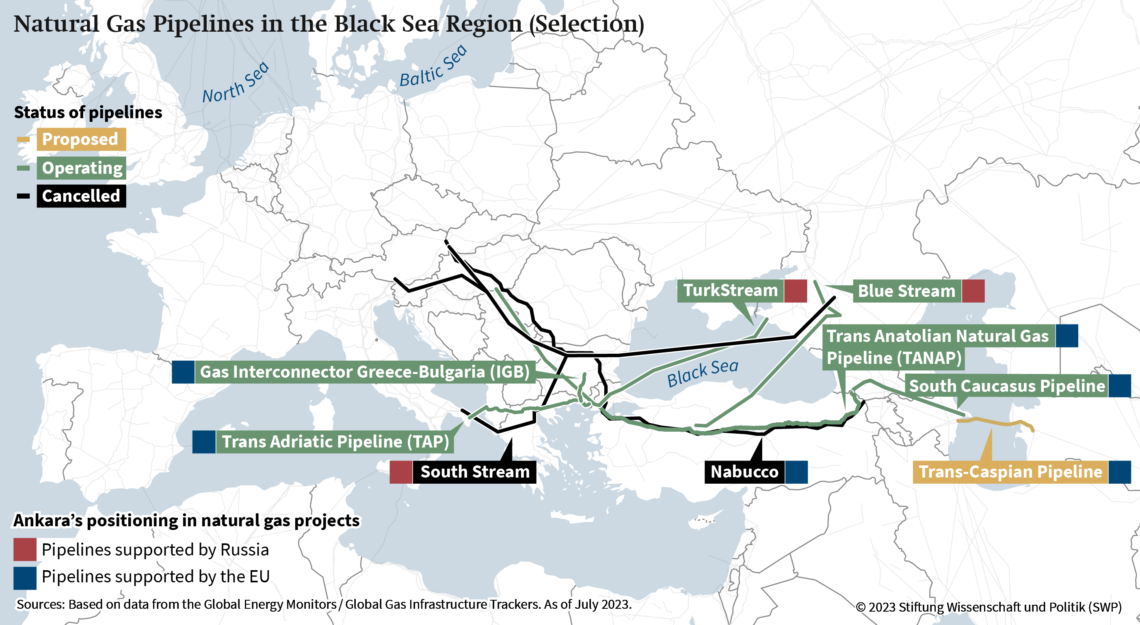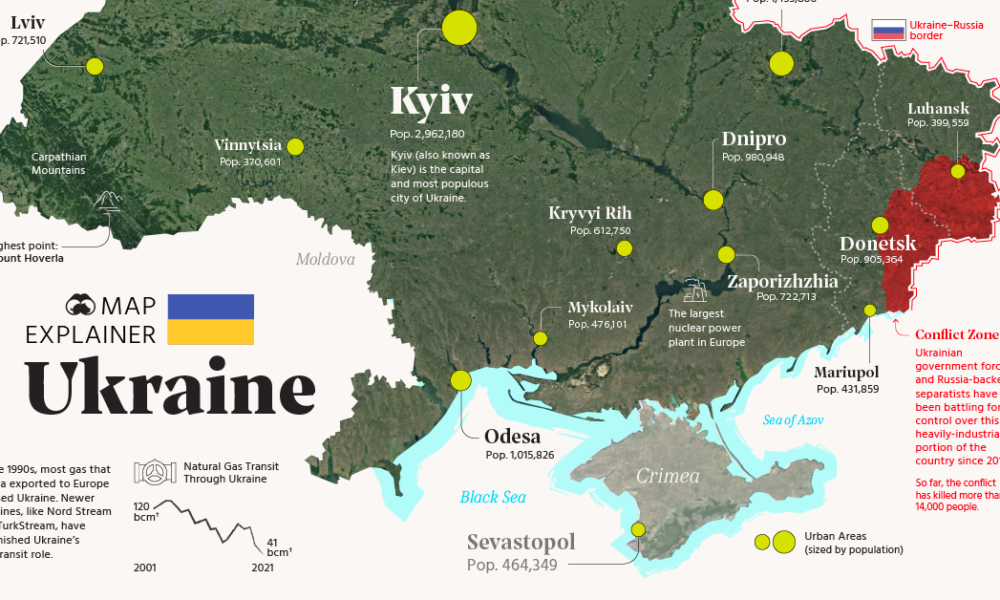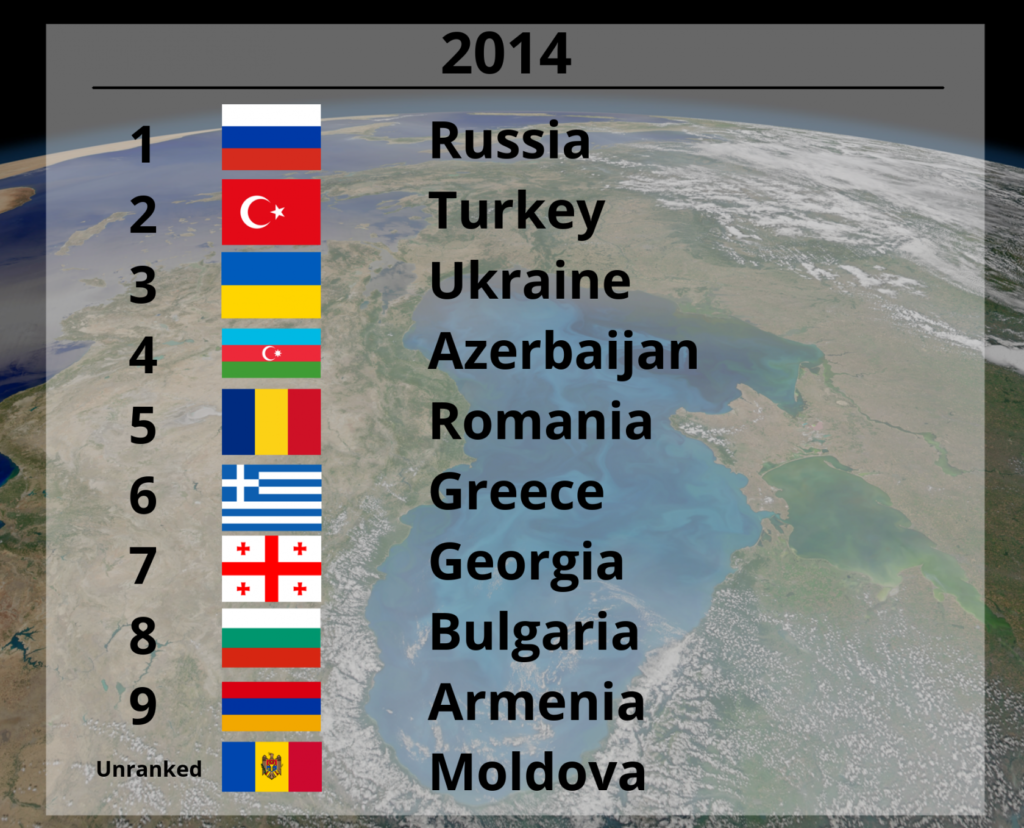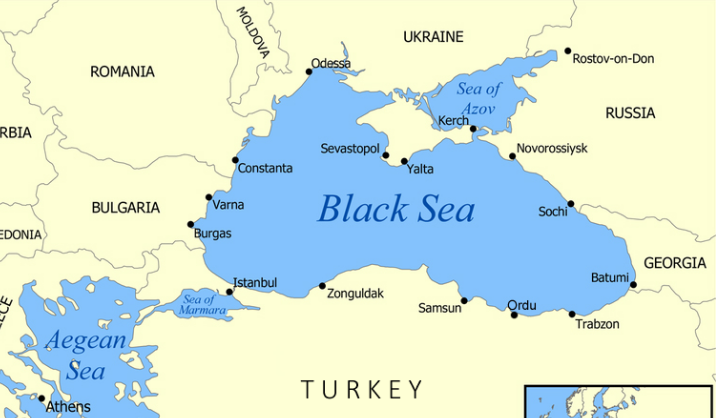
Black Sea Countries With Economic Ranking
Welcome to We With World. Today we will discuss about the Black Sea countries. Also, we will discuss about the Economic Growth Ranking of these countries.
Introduction

In this bulletin, we discuss the positions held by Black Sea countries in various international rankings (indicators and indices). This helps us to understand and assess how those states are performing in different areas, to detect what similarities and differences can be found between the countries of the region, as well as to compare the performance of Black Sea countries with that of the rest of the world.
The main research objective of this paper is to identify key factors influencing economic resilience from the perspective of comprehensive defence. This involves developing a composite economic resilience index (Ericda) that outlines the relative economic resilience of countries in Central and Eastern Europe and the Black Sea regions, within the comprehensive defence framework. The paper employs qualitative research methods, focusing on an analysis of specialist literature pertaining to economic resilience. Quantitative methods are also used for developing the Economic Resilience Index from the Comprehensive Approach to Defence (Ericda) perspective. This includes using data on selected resilience indicators in Central and the Eastern European and Black Sea region countries to generate rankings. The results of the study reveal strong positive correlations between the economic resilience index and various factors, such as logistics and infrastructure, economic complexity, foreign trade vulnerabilities and dependence, economic stability and development, governance effectiveness, military, and human capital. Additionally, a negative correlation was observed with the resilience index. The research findings suggest that to ensure effective comprehensive defence, isolated measures targeting individual pillars are inadequate. Economic resilience requires a collaborative approach, extending beyond the purview of the finance ministry and involving a broader range of stakeholders.
THE CONCEPTS OF ECONOMIC RESILIENCE AND –COMPREHENSIVE DEFENCE—A LITERATURE ANALYSIS

Economic resilience, conceptualised as a nation’s ability to withstand and recover from economic shocks, disruptions, and crises, plays a critical role in ensuring the national security and stability of a country. This concept has become more prominent over the past decade, driven by numerous crises at both global and regional levels, in an increasingly multi-polar world. These include natural disasters, financial and economic crises, migratory pressures, energy crises, escalating tensions among key international actors, such as the United States, Russia, and China, the COVID-19 pandemic, the recent conflict in Ukraine, and renewed tensions in the Middle East.
The concept of resilience is explored in scholarly literature from a variety of perspectives. This breadth allows for an expansive understanding of its multifaceted nature. However, this approach can sometimes lead to ambiguity in defining the concept, potentially resulting in general measures and policies with limited practical impact in bolstering a country’s resilience (Reid and Botterill, 2013s, pp. 31–40).
Different international organisations offer varied interpretations of resilience. North Atlantic Treaty Organization (NATO, 2013) defines it as “the individual and collective capacity to prepare for, resist, respond to and quickly recover from shocks and disruptions, and to ensure the continuity of the Alliance’s activities,” while the European Union (EU) considers resilience “the ability not only to withstand and cope with challenges but also to undergo transitions, in a sustainable, fair, and democratic manner,” outlining four interrelated dimensions—social and economic, geopolitical, green, and digital resilience (Manca et al., 20217). In today’s interconnected economies, any regional event (such as a conflict, economic crisis, or natural disaster) can have spillover effects at a global level, generating the need to develop resilience, in particular economic resilience, in order to ensure that a country can withstand the effects of exogenous shocks of various natures.
Economic resilience indexes in the literature.

| Year | Economic resilience index | Authors | Indicators |
| 2019 | Economic resilience index | Bariguglio et al., 2008 | Macroeconomic stability, microeconomic market efficiency, social development, and good governance |
| 2015 | County economic resilience index (CERI) | Kahsai et al., 2015 | Industrial diversity, entrepreneurial activity and business dynamics, human and social capital, scale and proximity, and infrastructure |
| 2015 | Resilience index | FM Global, 2015 | Economic, risk quality, and supply chain |
| 2018 | Regional resilience to economic shocks (Resindicis) | Bruneckiene et al., 2018 | Insight capacity, regional governance, knowledge and innovation, learning capacity, networking capacity, and regional infrastructure |
| 2023 | The economic resilience index (ERI) | Hafele et al., 2023 | Economic independence, education and skills, financial resilience, governance, production capacity, and social progress and cohesion |
Although some of the indexes in Table 1 do approach economic resilience from a broader perspective (including influence factors, such as infrastructure, innovation, learning capacity, supply chain, human and social capital, and governance), they do not offer a view on the defence and national security connections of economic resilience.
The concept of economic resilience is one of the pillars of the total defence/whole of nation defence approach, embraced by countries, such as Singapore, Sweden, and China. In this case, the main goal of economic resilience is to ensure swift recovery from crisis and challenges, in close connection with other pillars of total defence, such as social defence, military defence, and cyber defence. (Lallerstedt, 2021: Mathews and Bintang Timur, 2023).
Elements from the unconstrained warfare concept (Lian and Wand, 1999), in which military means are to be used together with trans-military means (such as diplomatic warfare, network warfare, intelligence warfare, psychological warfare, smuggling warfare, and drug warfare) and non-military means (financial warfare, trade warfare, resources warfare, economic aid warfare, regulatory warfare, sanction warfare, and media warfare) can be identified in the current security and defence environment, and are used by several other actors in addition to China, where the concept originated. The use of non-military means of the unconstrained warfare concept highlights the need to approach economic resilience from a broader perspective, starting at business, community, or regional level and integrated at national and systemic level, addressing the provision of vital services, goods, and resources, as well as market access, security of supply chains and trade routes, financial resources availability, macro-economic stability, civil security in its socio-economic aspects, and safeguarding critical infrastructure, all aimed at preserving essential economic functions in the event of a crisis.


